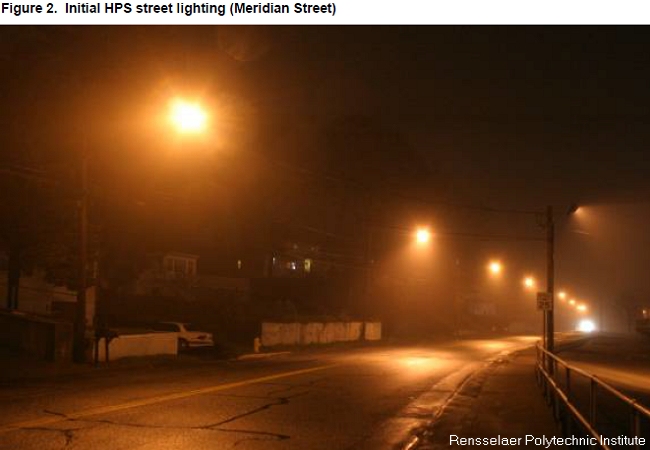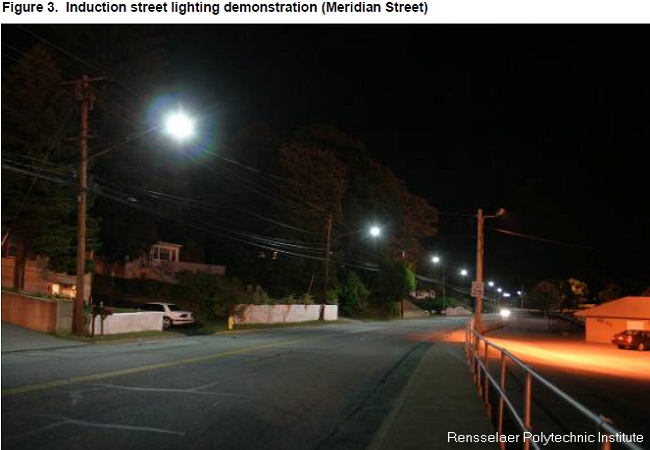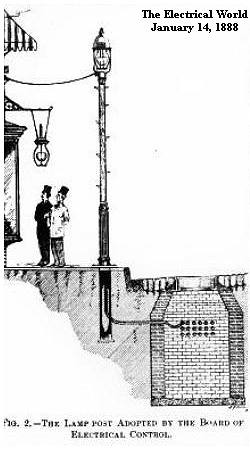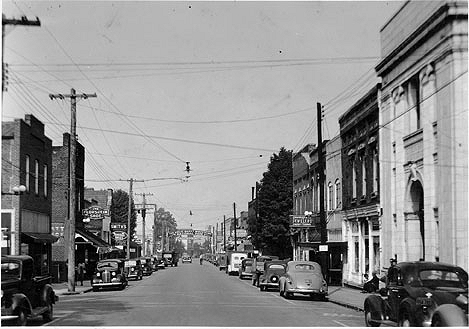|
|
Lamp Color, Perception and Visibility
|


|
It is important to consider the color temperature produced by the equipment one plans to use to retrofit vintage lamps. For traffic safety, lamps that produce light in color ranges similar to mercury vapor, induction and LED systems tend to result in improved driver reaction to signals and brake lights. The reason for this effect is the contrast between cooler street lamps and signal lamps. Thus lamps producing cooler colors are less likely to wash out red and amber indications from other vehicles and traffic control devices.
However for security lighting, lamps having color temperatures in the range of traditional incandescent to "daylight" produce the best color rendering which in turn provide more efficient human observation and identification of illuminated objects.
It is therefore worthwile to determine which kind of light source best suits your particular intended use before spending money on retrofit hardware for vintage lamps.
|
|
|
Visibility Studies and Reports
|
If anyone wishes to recommend additional studies and reports that could benefit those making decisions regarding best use of lighting technologies, please
Email me.

The development of street lights in the United States over the past 130-plus years has produced an incredible journey that is still moving forward.
With the exception of carbon arc lamps, a number of these old street lights, some perhaps 100 years old, are still in service.
With improved retrofit technology and new autotransformers that can operate modern low energy consuming lamps on ancient series circuits, perhaps some of these historic lamps will be saved from the scrap yards for future generations to see.
There is a great deal of money being spent in historic districts to acquire classic looking street lamps. I offer the suggestion that those existing lamps having the appropriate "look" be evaluated for retrofitting rather than replacement.
Certainly there is a need for modern, state-of-the-art roadway lighting and the new innovations being brought forward. But let's not forget some of the tried and true designs that the taxpayers and utility rate payers have already paid for and that can be modernized in order to be more efficient.
| 
